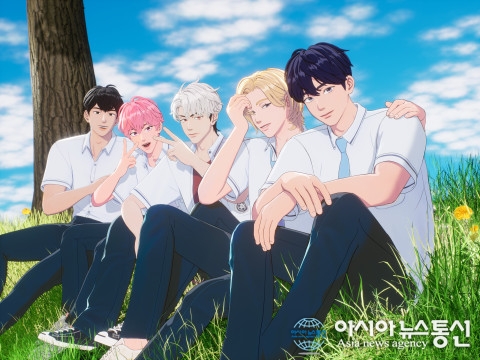 |
| Photo by: Wokandapix / Pixabay |
President Donald Trump's big idea was to be school choice – in some ways a natural outgrowth of the ups and downs of the efforts of his predecessors.But don't hold your breath.The president's team is neither laying the groundwork nor figuring out the policy for an ambitious choice push and, in any event, Washington will be consumed with the Russian investigation for the foreseeable future.Currently, Trump's choice plan is at best a talking point.The administration is handling the issue so poorly, it's shattering even more alliances among Republicans than Democrats right now – despite how choice exposes the political fragility of the Democratic coalition.
But as we look toward 2020, it's not too early to think about the kind of big ideas our education system needs. (Rather than get sidetracked in the tiresome debate about whether or not we have an education crisis, just bear in mind that fewer than 10 percent of low-income and minority students receive a college degree by the time they're 24, while overall outcomes are middling at best.Seems like something to which even people casually concerned about inequality should pay attention.) The incentives against big education ideas are formidable: Republicans fetishize state and local control, and Democrats tiptoe around the teachers unions because of their outsized role in the nominating process.
Yet Americans want real solutions rather than more politics.In that spirit, here's one idea: A federal state partnership to expand early education, give high school students more options and improve the efficiency of our education system overall.
How would it work?For starters, despite a lot of support for universal access to pre-K education for 4-year-olds, these programs are costly to do right.Probably the most cost-effective way to finance pre-K education that's of sufficient quality to be effective is to jettison the senior year of high school and use that money instead to finance the 4-year-old year.The federal government can't (and shouldn't) force states to take such a radical step but it could offer funds to help them do it on their own.
But what, then, about high school seniors?Here's where things get really interesting.Like many aspects of education the senior year is an artifact of how we've always done it.And it's an artifact favoring students who are already winning the educational race and disadvantaging those who are not.Instead of a traditional senior year, that 17- or 18-year-old year could be spent in apprenticeships and various industry training programs, additional preparation for students who want to attend four-year colleges but aren't academically ready, preparation for military service, gaps years, national service or starting college early for students who are genuinely ready to go.
What we think of as the core of high school could be accomplished in three years. (You don't want to dwell too much on how much time young people waste in school.) Doing so offers one way to help address the equity concerns with forcing students to choose between vocational or academic paths early in their lives – a three-year approach can help delay that decision until students are at least a little older.The added benefit of getting kids off to a stronger start early on their educational path will obviously help, too.
The federal government shouldn't mandate any of this, but it can be an investor to help with the substantial transition costs for states that choose to go big, as this approach is not cost-neutral.Providing real paths and supports for 17- and 18-year-olds will cost money, even if some of those paths are financed from nonpublic sources and parents.Given the problems we have today, there is a clear case that federal resources here are in the national interest.Opening up the senior year like this also doesn't interfere with other ongoing reforming efforts – including policies to foster greater choice in education and make college more financially accessible for Americans.Rather, it compliments them.
Critics will complain about everything, including disruption to our beloved system, that 4-year-olds shouldn't be in pre-K, the federal government's involvement and the impact on things like high school and collegiate sports.There is legitimacy to these and myriad other concerns, but they can also be addressed in ways that put what's best for students and their lives first.
For now, given the paralysis caused by the Russia probe, and Trump's "governing" style more generally, we're unlikely to see big ideas debated in Washington anytime soon.That's why the 2020 race, even more than campaigns usually are, will be a testing ground for forward-looking proposals.Here's hoping education ideas are in the mix more than they were in 2016.














